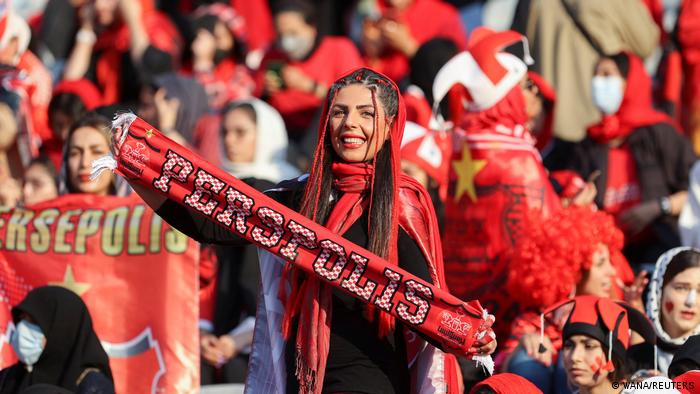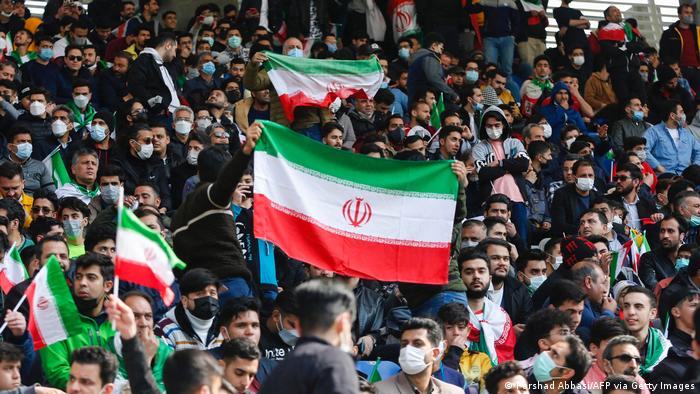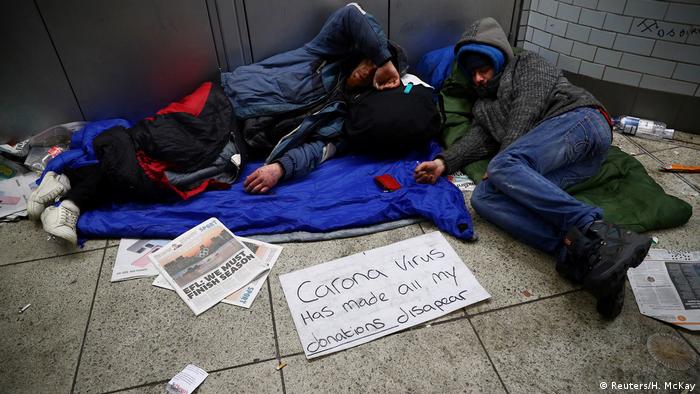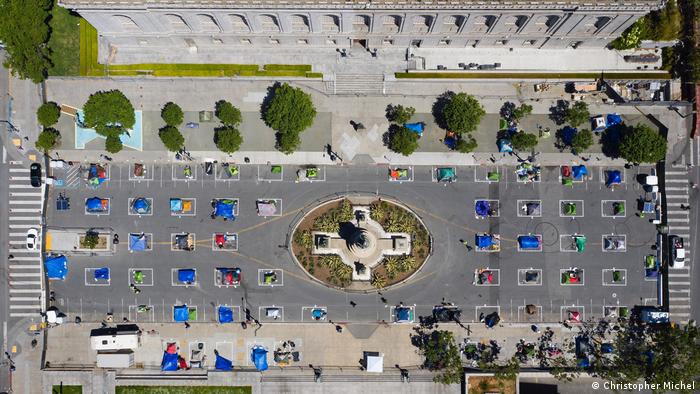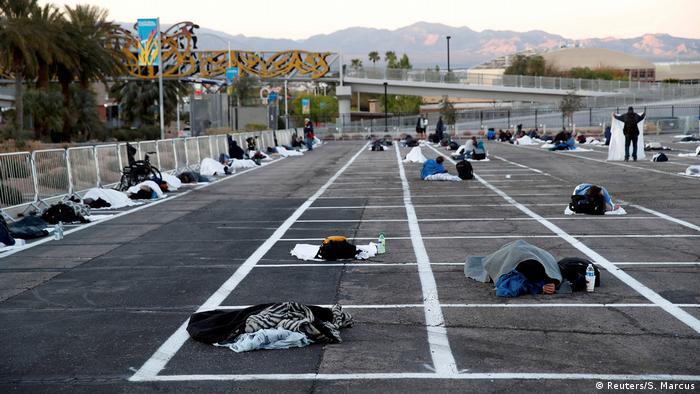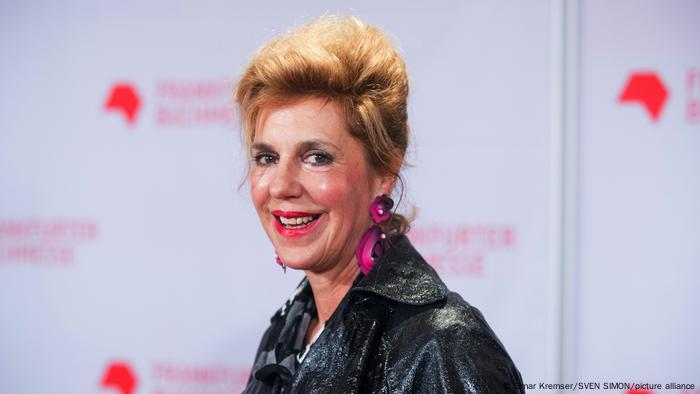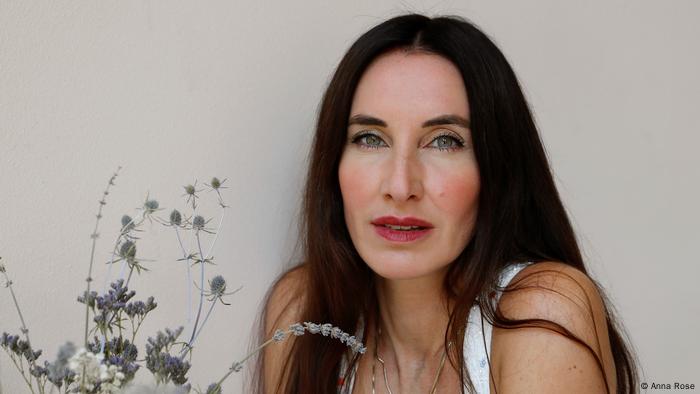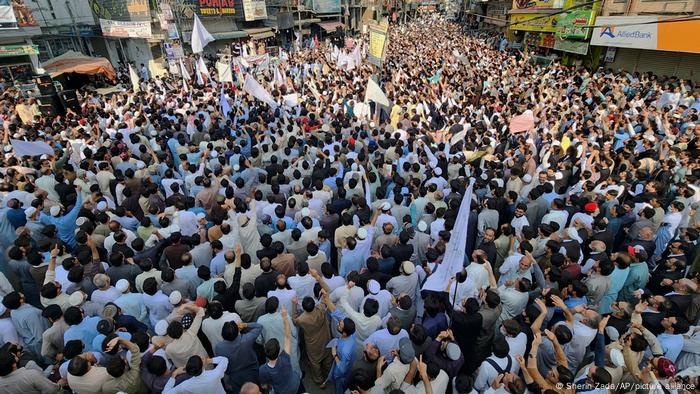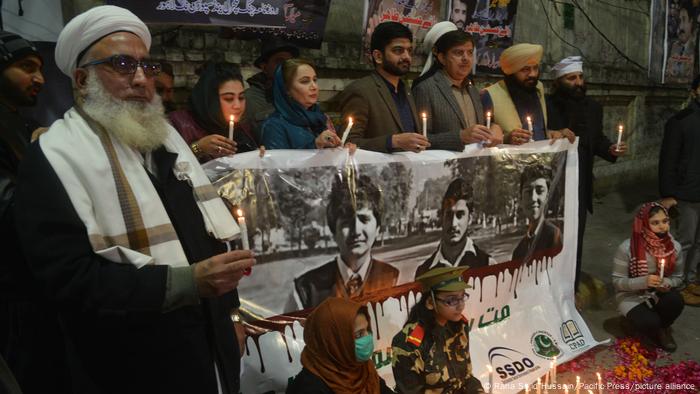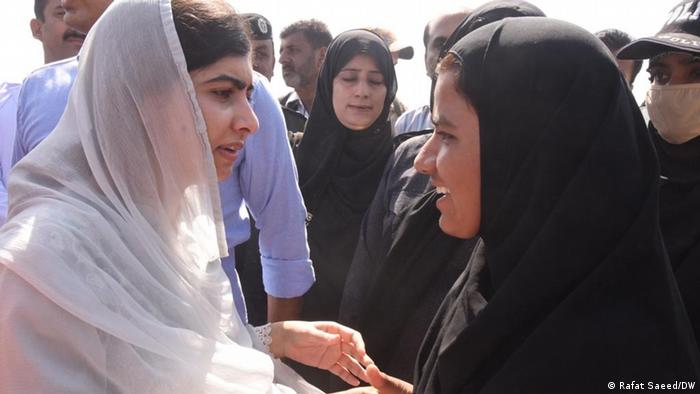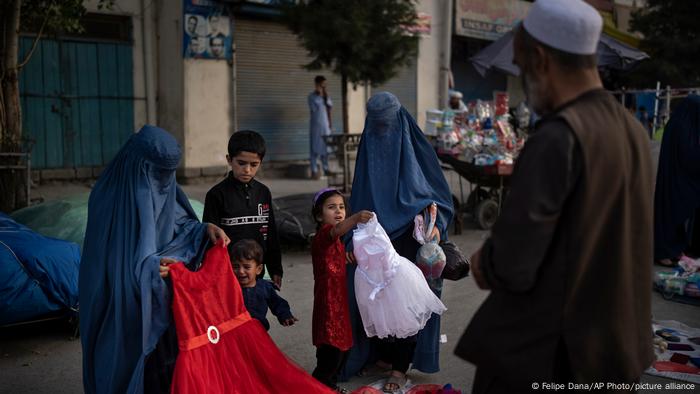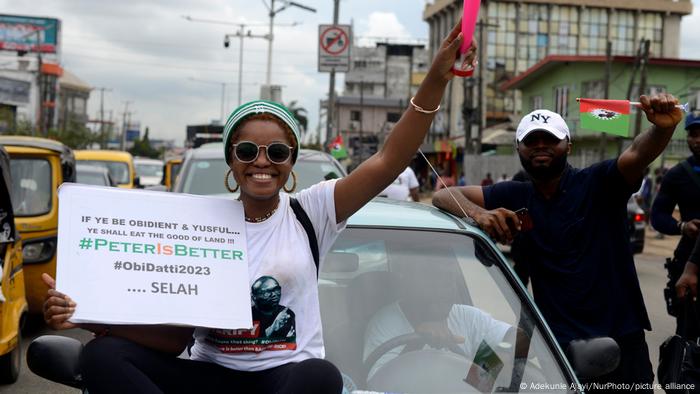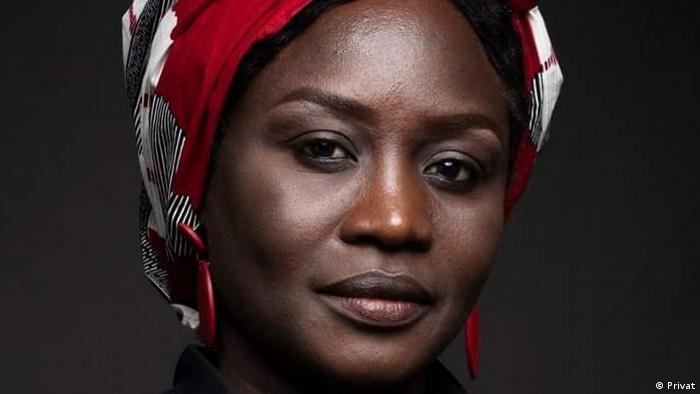Russia and the West are still working together in space
The International Space Station represents one of the only collaborative projects between Russia and the West that hasn't been abandoned. Here's why.

Anna Kikina is the first Russian astronaut to launch on an American rocket in 20 years
The war in Ukraine has put a halt to most of Russia’s political, scientific and academic collaboration with the West.
But one project continues moving forward despite the conflict: Last week, Anna Kikina became the first Russian astronaut to launch on an American rocket in 20 years — and the only cosmonaut to ever board a SpaceX vessel.
Kikina is headed to the International Space Station (ISS), where she will live for over four months as a member of the SpaceX Crew-5 mission. Her presence aboard the mission was announced in July as the result of a crew swap that put a NASA astronaut on a Russian flight to the ISS.
The ISS is a 25-year-old space collaboration between the US, Russia, Canada, the European Union and Japan that has long been seen as an emblem of successful post-Cold War relations. It is one of the few projects Russia and the West have continued working together on since Russia’s February invasion of Ukraine.
Space environment lab
The ISS is the largest space station in low Earth orbit and represents the longest human presence in space — over 20 years. It is largely used as a space environment lab where thousands of experiments in astronomy, physics and microbiology have been conducted over the past two decades.
The module itself is made up of two parts: One is manufactured and operated by Russia, while the other is manufactured and operated by the US, with support from the other partner countries.
Russia has responsibility over the part of the station that keeps it in orbit.
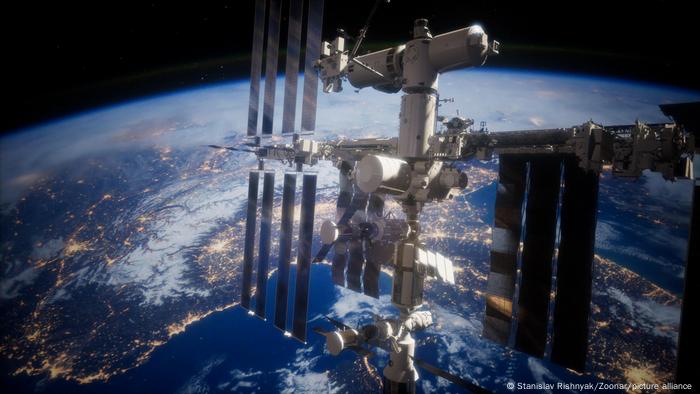
Russia helps the ISS stay in orbit
An extra push
The ISS exists in a state of free fall, creating the sensation of weightlessness or "microgravity", which refers to the fact that gravity aboard is never exactly zero. Everything with mass, like the Earth, the Sun, the space station itself and the astronauts, exerts a gravitational pull.
The station is able to stay in orbit because it circles the Earth quickly enough to compensate for being in a state of free fall. It moves at a speed of almost 8 km per second (5 miles per second) — more than 20 times the speed of a 9mm bullet.
Although this swift velocity is usually enough to keep the station afloat, sometimes it loses altitude and requires an extra push to stay at its normal 400 km (250 miles) above Earth. The Russian module provides that boost.
"Both countries are needed for operations, the Russians for propulsion, the Americans for power. We will continue to have a very professional relationship between cosmonauts and astronauts to keep this station alive," NASA administrator Bill Nelson said in an interview with Der Spiegel International in July.
Science aboard the ISS
The state of free fall differs from the state of gravity we experience on Earth. Strange things happen aboard the ISS — the water on astronauts’ toothbrushes forms bubbles, a sneeze can knock them back and a candle's flame appears perfectly round.
Most of the science conducted aboard the station, which revolves around Earth 16 times a day, is focused on understanding how long-haul space flights impact astronauts’ health.
This knowledge is critical for the design of longer crewed missions — to Mars, for example.
Through experiments conducted aboard the ISS, scientists have learned that bones lose density in microgravity, and that astronauts have to work out two hours daily just to keep their muscle mass.
NASA's famous Twin Study taught scientists important lessons about how space affects the length of telomeres — the end tips of chromosomes that could play a role in lifespan, the immune system and gene expression.
For this joint US-Russia experiment, researchers studied two identical twins, both now retired astronauts. Scott Kelly was on board the ISS for about 11 months with cosmonaut Mikhail Kornienko, while his brother Mark stayed on Earth.

Former astronaut Scott Kelly (R) stands face-to-face with his twin brother,
former astronaut Mark Kelly (L). The two took part in NASA's Twin Study.
And it’s not only about astronaut health. Other projects, like the Aquamembrane water recycling experiment, could also help people on Earth. Using "forward osmosis" water filtering technology, astronauts were able to purify urine to drinking water. This technology is quicker than the alternative currently being used on Earth, called "reverse osmosis", and could have big implications for water-scarce areas in the future.
Plans for the future
Roscosmos president Yuri Borisov said in July that Russia plans to pull out of the ISS in 2024 to launch its own space station.
But according to NASA's Administrator Bill Nelson, they haven't received any official decision from Russia, and Sergei Krikalev, head of human space programs at Roscosmos, said that the collaboration might be extended past 2024 in a press briefing before the Crew-5 launch.
The US has pledged to continue until the end of the decade: US President Biden signed the CHIPS Act in early August, which extends NASA's involvement with the ISS six years, to 2030.
Are there any alternatives?
Whether the ISS could continue without Russia is unclear.
Northrop Grumman's Cygnus spacecraft managed to successfully give a necessary stabilizing boost to the station earlier this summer, which could offer an alternative. Cygnus is one of NASA's commercial spacecraft partners together with SpaceX Dragon.
But disentangling the Russian module from the US module will take time and money, and no plans have been announced so far.
When it comes to the astronauts and cosmonauts aboard, the conflict on the ground came as a surprise when it erupted earlier this year, according to German European Space Agency astronaut Matthias Mauer. He spoke candidly on a German space podcast after landing back on Earth in May after over 170 days aboard the ISS.
"We addressed it very quickly and actively. And yes, all six or seven up there immediately agreed, the Russian colleagues, the American colleagues — nobody could understand what was happening down there," said Mauer, in an hr-iNFO podcast called "WeltraumWagner".
